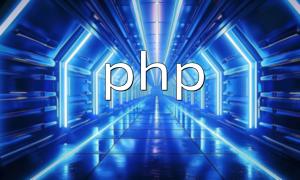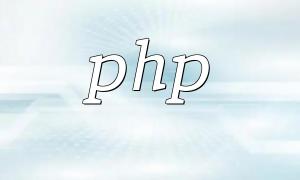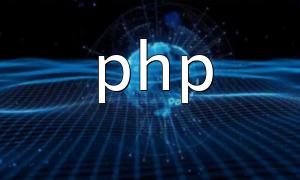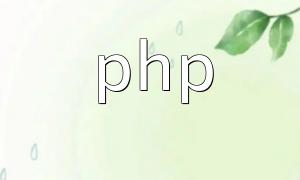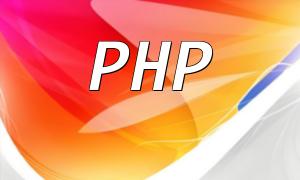PHP provides a set of powerful email functions that allow developers to send and receive emails, handle email content, and manage attachments. Below are some of the common PHP email features, including how to send emails, use email service libraries (such as PHPMailer and Swift Mailer), handle email content (e.g., escaping HTML characters and formatting strings), and process email attachments.
PHP's email sending functionality can be achieved using the mail() function. This function is suitable for sending simple text emails. If you need to send emails with attachments or HTML content, you can use email libraries such as PHPMailer or Swift Mailer, which provide more advanced features and flexibility.
Here are two popular PHP email libraries:
When handling email content, PHP provides several functions to ensure security and proper formatting:
PHP provides functions to handle email attachments, including getting the MIME type of a file and encoding/decoding in Base64 format:
To receive emails, PHP provides IMAP (Internet Message Access Protocol) support. Using the following functions, you can connect to an email server and read emails:
mail('recipient@example.com', 'Subject', 'Body');require 'PHPMailerAutoload.php';
$mail = new PHPMailer();
$mail->isSMTP();
$mail->setFrom('sender@example.com');
$mail->addAddress('recipient@example.com');
$mail->Subject = 'HTML Email';
$mail->Body = '<h1>Hello!</h1>';
$mail->send();PHP offers comprehensive email functionality, allowing developers to send simple text emails as well as handle attachments, send HTML emails, and use SMTP servers. By using popular email libraries such as PHPMailer or Swift Mailer, developers can implement complex email features according to their needs.
